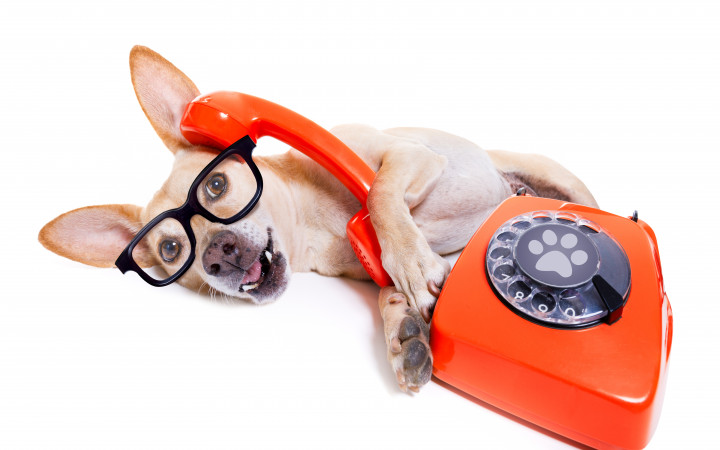Today’s Wonder of the Day was inspired by Liam. Liam Wonders, “Will We Ever Be Able To Talk To Dogs?” Thanks for WONDERing with us, Liam!
Does your family have a pet? If so, you may already know animals are often great listeners. Share any secret with a cat, lizard, or goldfish, and they’ll keep it safe. Of course, humankind’s best friend—the dog—is also an excellent confidante. But have you ever wished your dog could talk?
If so, we have good news! While dogs may not talk the same way people do, these animals do communicate. Descended from wolves, dogs are very creatures. They “talk” to each other through scents, sounds, and gestures.
Humans can understand many forms of dog communication—they just need to know what to look for! Most dog owners know what a bark means. It’s often a dog’s way of telling their humans that other people or animals are nearby. But another form of canine communication offers an even deeper glimpse into what a dog is thinking. What are we talking about? Body language, of course!
Body language can be any movements or positions that express inner thoughts or feelings. Have you ever seen a dog wag their tail? This is one form of body language. You may have heard that a wagging tail means the dog is happy. However, that’s not always the case.
A wagging tail communicates heightened emotion. The dog may be feeling happy, anxious, or even afraid. Owners who pay close attention to their dogs’ body language can often understand the meaning of specific tail wags. They do so by reading the speed, position, and direction of the tail’s movements.
A dog’s posture can also communicate what they’re thinking or feeling. For example, a cowering dog is likely afraid or stressed. If a dog shifts their weight forward, they’re probably interested in something—like a tasty treat! Have you ever seen a dog give a bow by lowering their chest to the ground? This often means they want to play.
Dogs communicate with humans in many other ways, including their eyes and facial expressions. However, people have also found another way to talk with their canine friends. And, believe it or not, it involves the dogs using actual words!
It started with a speech therapist named Christina Hunger. When her dog, Stella, was a puppy, Hunger noticed something interesting. She saw that Stella seemed to have many of the same communication skills that human toddlers gain just before they start to talk.
This inspired Hunger to teach Stella to use augmentative and alternative communication (AAC). AAC includes tools that replace speech for people who are unable to verbally speak. For Stella, Hunger chose to use recordable buttons.
Today, Stella has over 45 buttons. When pressed, each one plays a different word. She is able to tell her owner she wants things like “water,” “play,” and “outside.” Stella has even learned to combine up to five words at a time to make sentences.
Soon, Hunger shared Stella’s progress with the world. It didn’t take long for other pet owners to try using AAC with their dogs. Some pick up the new form of communication quickly. Others are largely uninterested in using the speech buttons.
Do dogs actually know what they’re saying when they use AAC? The jury is still out. Many people, including Hunger, believe the answer is yes. Others question whether the dogs are just pushing buttons to please their humans. At least one study is currently underway to learn more.
Of course, dogs don’t need buttons to communicate! Barks, howls, and growls seem to suit them just fine. The next time you’re near a dog, pay close attention to their body language. What might the dog be trying to communicate?
Standards: NGSS.LS1.D, CCRA.R.4, CCRA.L.3, CCRA.L.6, CCRA.R.2, CCRA.R.10, CCRA.R.1, CCRA.SL.4, CCRA.L.1, CCRA.W.3, CCRA.SL.1, CCRA.L.2, NCAS.A.1, NCAS.A.2, NCAS.A.3




